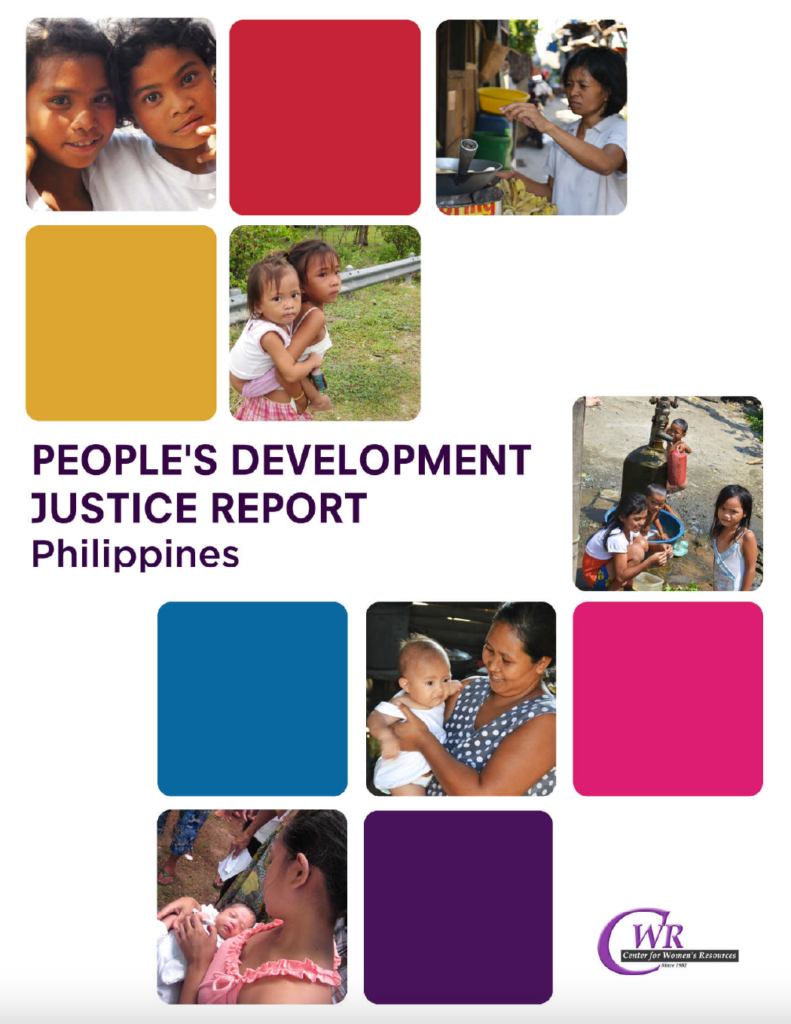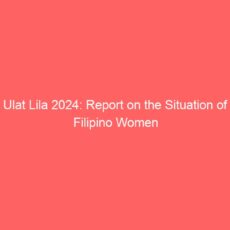
The Philippines is rich in natural resources, has fertile, arable lands, diverse flora and fauna, extensive coastlines, and rich mineral deposits. Despite its rich natural resources, the Philippine economy remains underdeveloped and more than a quarter of its population is living below poverty line.
The Philippine government has committed to achieve the Goals of the Agenda 2030 through its Philippine Development Plan (PDP) 2017-2022. The PDP is anchored in the Zero to 10 Point Socioeconomic Agenda, the AmBisyon Natin 2040, which the government deems the collective vision of Filipinos for the next 25 years.
The PDP follows the neoliberal model of economic growth and profit, based on market competition and free trade, and gives high priorities for the private sector involvement. The government’s development framework promotes liberalized trade and investments, flexibilization of labor, privatization of public services, cutbacks on public spending, among others. This framework gives local and foreign corporations all the opportunities to grab productive resources to raise their capital, to make profits without restrictions, and get big tax cuts and privileges.
With such development plan, women are the worst-impacted, as patriarchal values continue to reinforce women’s lack of socioeconomic power and disproportionate susceptibility to poverty. The Philippine government also continues to prioritize enhanced militarism over addressing the systemic and structural roots of unrest such as poverty, displacement, and the monopolization of land and resources by corporations. The realization of the SDGs in the Philippines is further threatened by the country’s high vulnerability to the climate crisis, and it is the women who bear the greatest impacts of climate change.
This report focuses on five priority goals namely Goal 4 on Quality Education, Goal 8 on Decent Work, Goal 10 on Reducing Inequalities, Goal 13 on Climate Action, and Goal 16 on Peace, Justice and Strong Institutions. Using relevant indicators, the report provides national and regional data derived from the national statistical system, as well as data and information gathered by different development institutions, civil society and people’s organizations. It also presents stories from interviews, focus group discussions and consultations with women from different sectors – peasant, indigenous and national minorities, workers, urban poor, young women, as well as women leaders from different communities in the Philippines.
To access the full report, email us at cwr@centerforwomensresources.org

